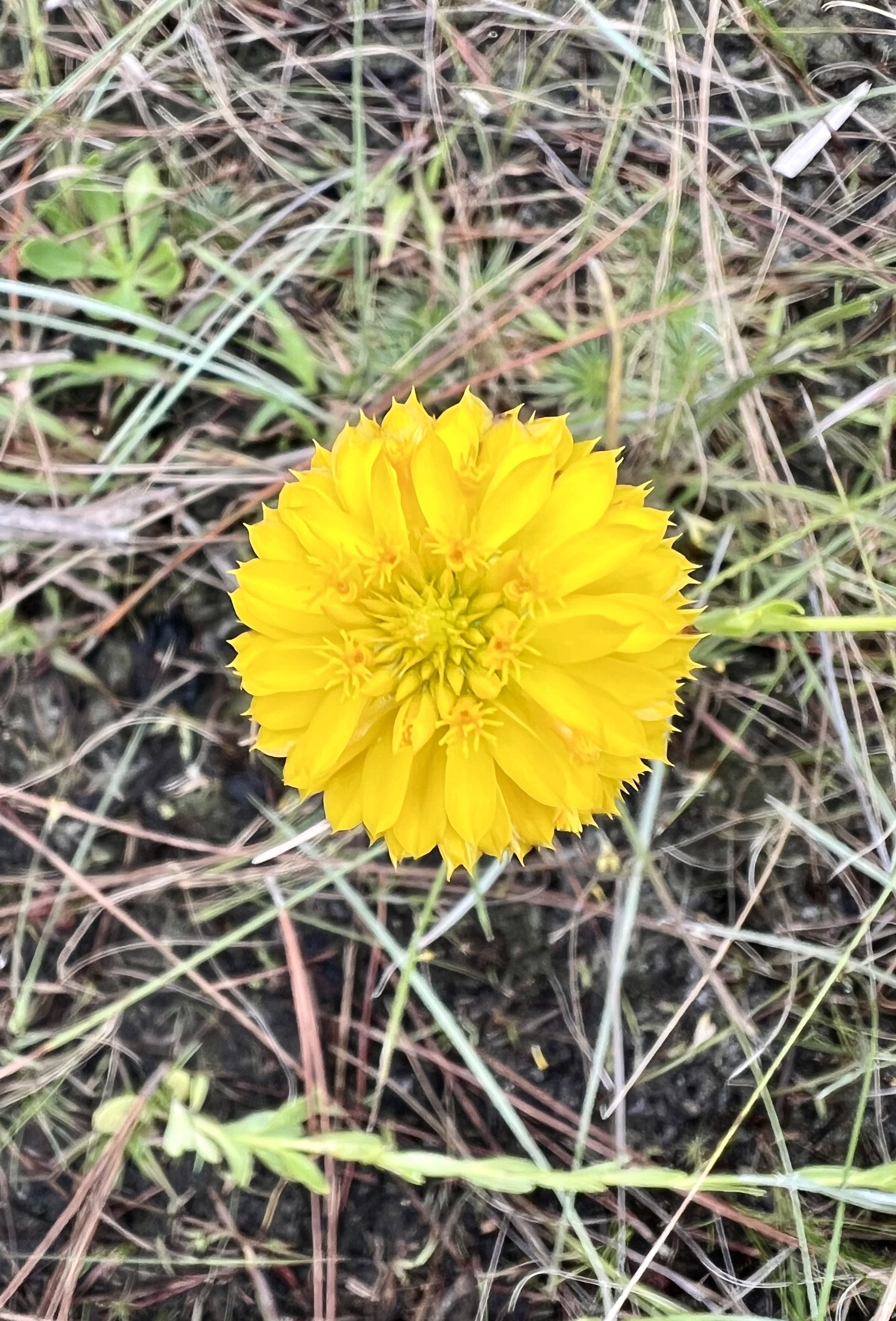A species-rich Florida habitat
Within Florida’s heavily urbanized Atlantic coast is a veritable oasis, a relic of what once was a vast ecosystem that dominated the coastal plain in the southeastern U. S.
Much of Savannas Preserve State Park, at more than 6,400 acres and stretching 10 miles from Fort Pierce to Jensen Beach, is longleaf pine savanna, a distinctive landscape of widely spaced pines rising from dense low-growing vegetation of many species. Indeed, it is a virtual cornucopia of plant and animal species, among the most biologically rich in North America.
Less than 5 percent of the millions of acres of longleaf pine savanna remain due to extensive development, over harvesting and fire suppression practices. It is an ecosystem that not only endures but actually needs periodic wildfires.
The state park is laced with trails, and early one morning I hiked in Jensen Beach. I hoped to get a look at Bachman’s sparrow, an elusive bird that prefers low vegetation - but instead I came upon a wild boar with young. Feral pigs, as they also are known, introduced by Spanish explorers some 500 years ago, are a problem in many states today, including Florida.
They usually take off when humans approach, but can be aggressive if cornered. They appeared to be “rooting” for food, digging for something below ground, possibly plant roots. Given that the pig had young, I figured it best to avoid trouble and turned around to hike elsewhere in the preserve. No sign of the sparrow.
Two days later, I hiked in the preserve again, this time on the Hawk’s Nest Trail through a habitat called sand pine scrub. No sooner had I stepped on the trail than I saw a gopher tortoise, a species that has experienced an 80 percent decline in last 100 years. Development is a major cause. The gopher tortoise is a keystone species that creates burrows of some 30 feet long that are used by many other species, so when it disappears, other species do, too.
Also hugely impacted by the loss of its sand pine scrub habitat is the Florida scrub jay, the only bird species confined entirely to Florida and one whose numbers have collapsed over the decades as Florida development burgeoned. Only about 9,000 are thought to exist, and it is classified by the federal government as a threatened species.
Coming around a bend in the sandy trail, in the jay’s ideal habitat, I spotted something atop a limbless, barkless dead tree rising perhaps 20 feet above the scrub. Must be a bird, I figured. I approached ever so slowly, camera ready. Looked like it might be a scrub jay. Inched my way closer and began taking photos with a zoom lens. Of two dozen photos, three were pretty good. It was, in fact, a Florida scrub jay, a species I had not seen in years.
The Savanna Preserve includes a massive marsh, described as the largest, most ecologically intact stretch of freshwater marsh in southeast Florida.
On my way to the marsh I saw a woman with a telescope trained on a tree easily 100 yards away. She was a volunteer bird researcher, keeping an eye on a pair of nesting bald eagles and a pair of nesting great horned owls. Got a look at one of the eagles and, with binoculars, could see one of the great horned owls. Good start to the day.
Dropped my kayak in the marsh on a cloudy weekday morning and paddled the perimeter, working my way in and out of coves often thick with aquatic vegetation, flushing mottled ducks. Came upon a pair of gallinules, a distinctive species with an orange bill that likes vegetation-thick marshes.
Throughout the preserve, adjacent to the marsh, were small colonies of Polygala rugelii, yellow milkwort, with a dense bright yellow flower. The plant is only found in Florida and was in full flower as I explored.
No Bachman’s sparrow. Yet.
Longleaf pine is a tall tree with distinctive tufts of needles often a foot long at the ends of branches. Click to enlarge.
Yellow milkwort (Polygala rugelii) has showy, solitary blooms about 2 inches wide rising from a spindly stalk with sparse, narrow leaves. It is found only in Florida. Click to enlarge.
This Florida scrub jay presided over its ideal sandy, scrub habitat in the Savanna Preserve State Park in Jensen Beach, Florida. A federally classified threatened species, there are thought to be only about 9,000 left due to loss of habitat. Click to enlarge.
The gopher tortoise, the only tortoise species east of the Mississippi River, is a keystone species that digs tunnels as much as 30 feet long that are used by - and necessary for - many other species. Its numbers also have declined sharply over the decades because of loss of habitat to development. Click to enlarge.
The marsh in Savanna Preserve State Park is described as the “largest most ecologically intact stretch of freshwater marsh in southeast Florida.” I spent a couple of hours kayaking its perimeter on a cloudy weekday morning and had the vast marsh entirely to myself. Click to enlarge.
